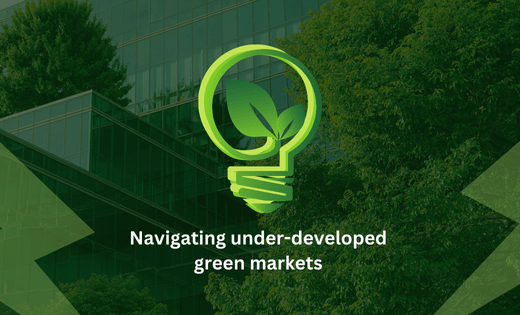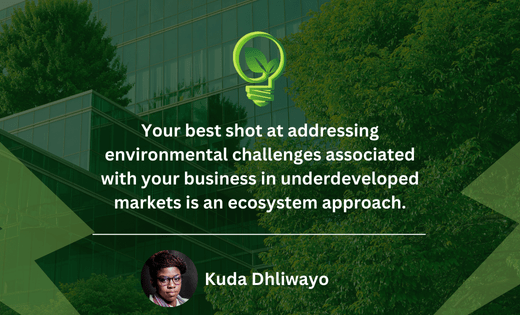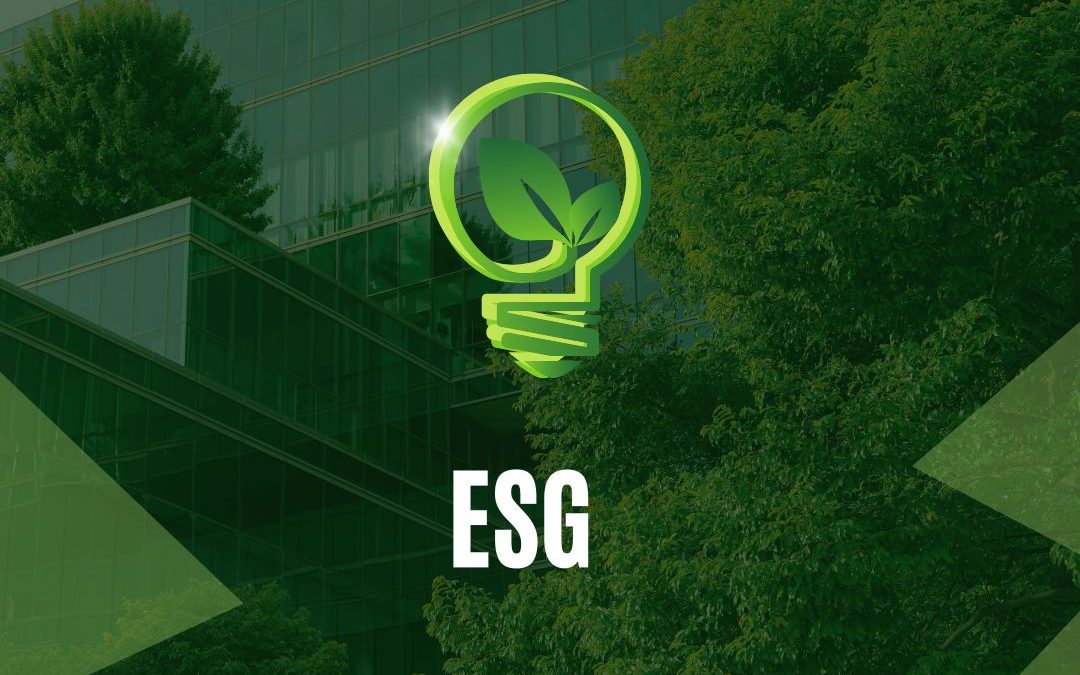
Sustainable business operations in under developed green markets
Environmental sustainability in your business value chain
Good companies comply with sustainability and environmental regulations; great companies incorporate environmental sustainability into their DNA, optimize processes and operational efficiency, and ultimately reap the business benefits of green business conduct.
Most African countries need much more green infrastructure in key sectors such as electricity, water supply, and waste management.
Sustainable business operations in developing markets
Are environmental regulations and policies being implemented faster than industry can adopt newer sustainable technologies? Is it possible that policies are being developed faster than local green industries can be developed, faster than local technical skilled expertise can be developed? Faster than service providers and value chain business support can be created?
In this article, I draw attention to six key issues for business leaders embarking on environmental and social sustainability journeys in underdeveloped green markets with limited green infrastructure, waste services and other such environment technologies.
These principles and worksheet provided enable you to;
- Access technical support and experienced professionals for your organisation’s environment initiatives.
- Reduce the high cost of program implementation.
- Doubles or even triples the positive environment impact of your company.
How it started
In December 2018, I had just gone through a challenging year. Vital Recycling was one year old and, simply, too early on the market. We had difficulty persuading corporations that data management for waste services was essential. Why did they need to train their personnel and implement a circular economy strategy and end-of-life product management design? It was simply another unnecessary expense. For companies that adopted our circular economy approach, we faced issues with mindset shift. We installed cages but couldn’t get employees to separate their waste. As I relaxed at home, pondering on our experiences, it became clear that we needed more than just systems with adequate infrastructure; we were directly faced with consumer awareness, policy gaps, environment tech financing, and underdeveloped waste value chains.
For a number of reasons, we selected policy work, research support, and educational initiatives as crucial parts of our activities. One of the most significant barriers to sustainable tech investments in Zimbabwe is the lack of effective environmental legislation that can reduce the risks associated with investing in those sectors in particular. This prompted us to develop the Target 13 program, which was designed to assist us in connecting with stakeholders in the waste and recycling sector. The principles are lessons learned from implementing the program.
Are you experiencing challenges?
Perhaps you face a similar challenge: you must comply with an environmental regulation in your country despite knowing that technology is still in its early stages. Your areas of concern could include biodiversity management, forestation, plastic pollution, littering, and wastewater treatment. Maybe your firm uses or pollutes enormous bodies of water. You may be distributing plastic packaging on a large scale and lack access to recycling systems capable of meeting your end-of-life product management obligations.
1. Identify key priority environment concerns for your organisations, and rank them.

You cannot win the environment conservation battle on your own. Recognize that your company will have to carefully assess its national circumstances. Conduct extensive research into all areas of the environmental sectors where you aim to operate. I strongly caution against accepting business environment strategies/recommendations from experts without a comprehensive local circumstances analysis/study. Evaluate your ability to carry out your strategy. Have candid discussions with your investors and stakeholders on what you can and cannot do. If you fail to successfully articulate your environmental position, you risk being dubbed a greenwashing organization.
2. Research and assess the possibilities for your organisation
While frameworks for environmental reporting are consistent across global regions, the availability and local circumstances for different environmental sectors vary by country. Perfect corporate environment policy and ESG reporting systems are ineffective in broken green economies. Effective implementation and adoption of sustainability practices requires all of the elements to be in place. (Policy, infrastructure, technology, products, services, and local specialist knowledge.)
3. Identify key priority environment concerns for your organisation, and rank them.
A business ecosystem approach involves considering various critical areas to enhance sustainability and operational effectiveness. Key focus areas can include but are not limited to:
- Waste management and circular economy practices
- Optimised logistics and environmentally friendly transportation options
- Engagement with employees and stakeholders
- Sustainable end-of-life product management
- Wastewater treatment solutions
- Biodiversity conservation and afforestation efforts
4. Implementation support: Build partnerships for success in sustainability
Conduct stakeholder mapping research for your organization’s environment projects. Because of the new emphasis on the People, Planet, and Profit business model, many organizations that you may not have considered close allies or partners before now qualify as such. You must reconsider who could be your partner, as well as who is in your business ecosystem, from a sustainability and environmental perspective.
My experiences have shown that collaborating with an entity whose primary business is the implementation of the activities you want to perform makes a huge difference. The strategic alliances we created contributed to our success with programs like Target 13. If you want to plant trees, there are plenty of organizations that specialize in afforestation. It will allow you to be more effective, lower costs, and reduce the risk of failure, but most importantly, ensure the long-term sustainability of the project. Identify organizations and people with the technical expertise for your environment programs.
- Collaborate with Local Organizations: Work with NGOs, community groups, and local governments that are focused on environmental protection. These partnerships can help you implement sustainability practices while also building your reputation as a responsible business.
- Engage with International Programs: Tap into global sustainability programs or funds that support businesses in developing markets. Grants, mentorship, or technical expertise from international bodies like the United Nations Environment Programme (UNEP) can accelerate your efforts.
5. Explore co-financing options.
Co-financing enables you to execute more initiatives, resulting in greater impact. Engage climate finance/green finance professionals and seek funding from green funds, impact investors, or government incentives. Look into carbon credits, green bonds, and other types of environmental funding. In most markets, there are sustainable finance specialists who have collaborated with international environmental financing groups. These specialists are essential for learning more about the funding options available in your region as well as the structure of co-financing options.
6. Support policy development and actively engage in policy formulation activities
Watch out for a separate article on various policies that impact development of green industries and green markets.

